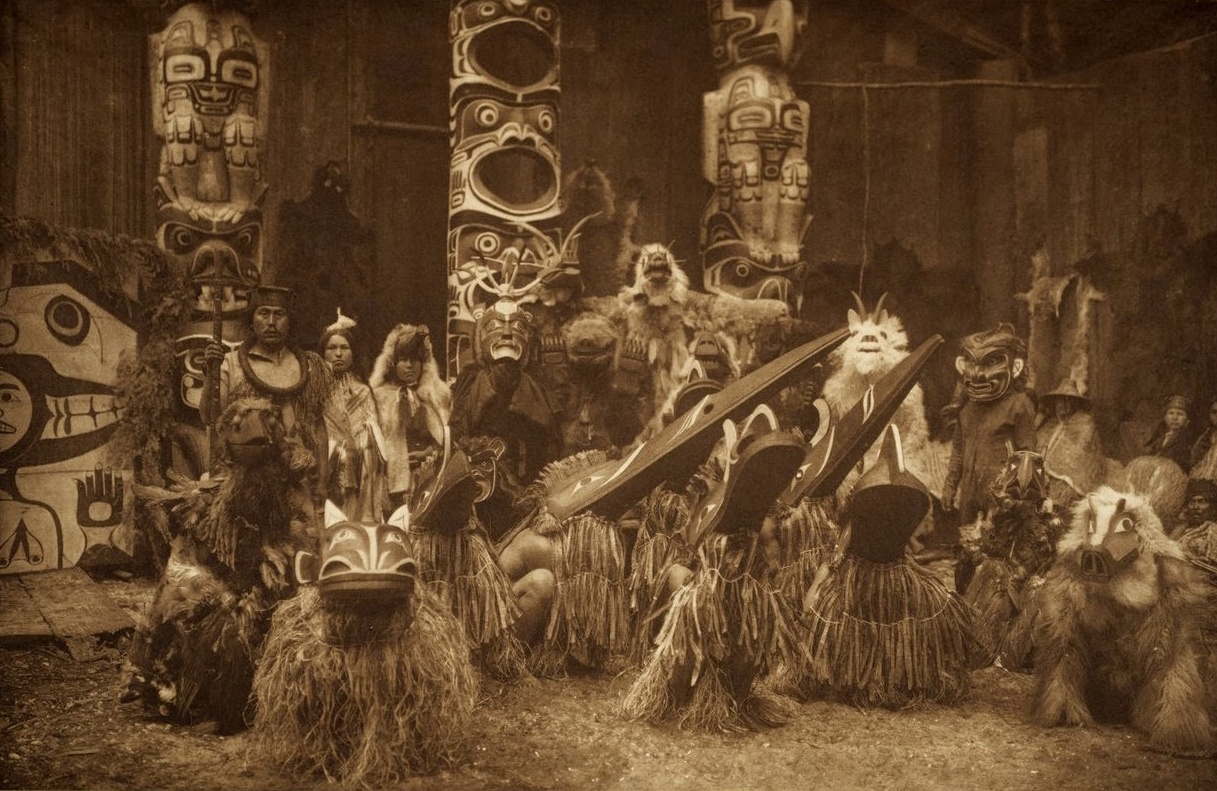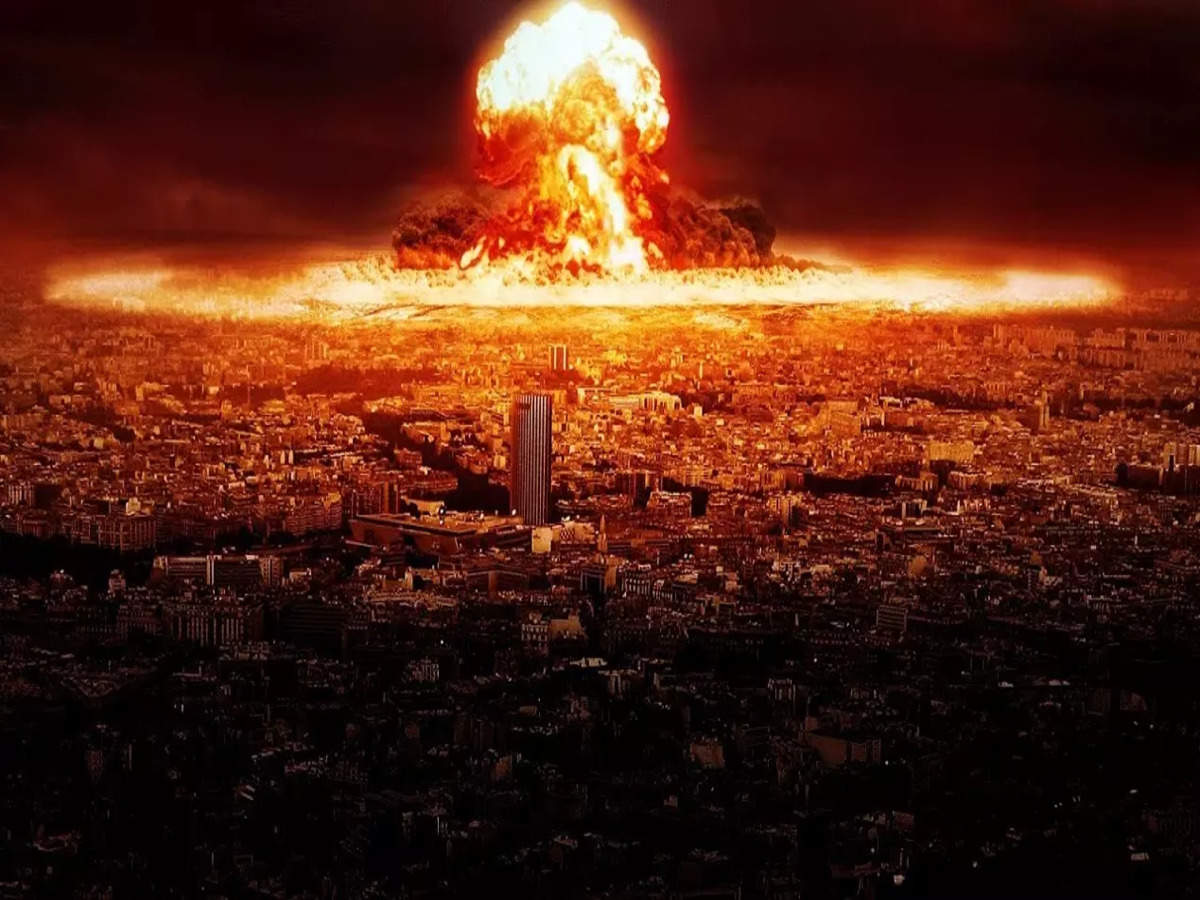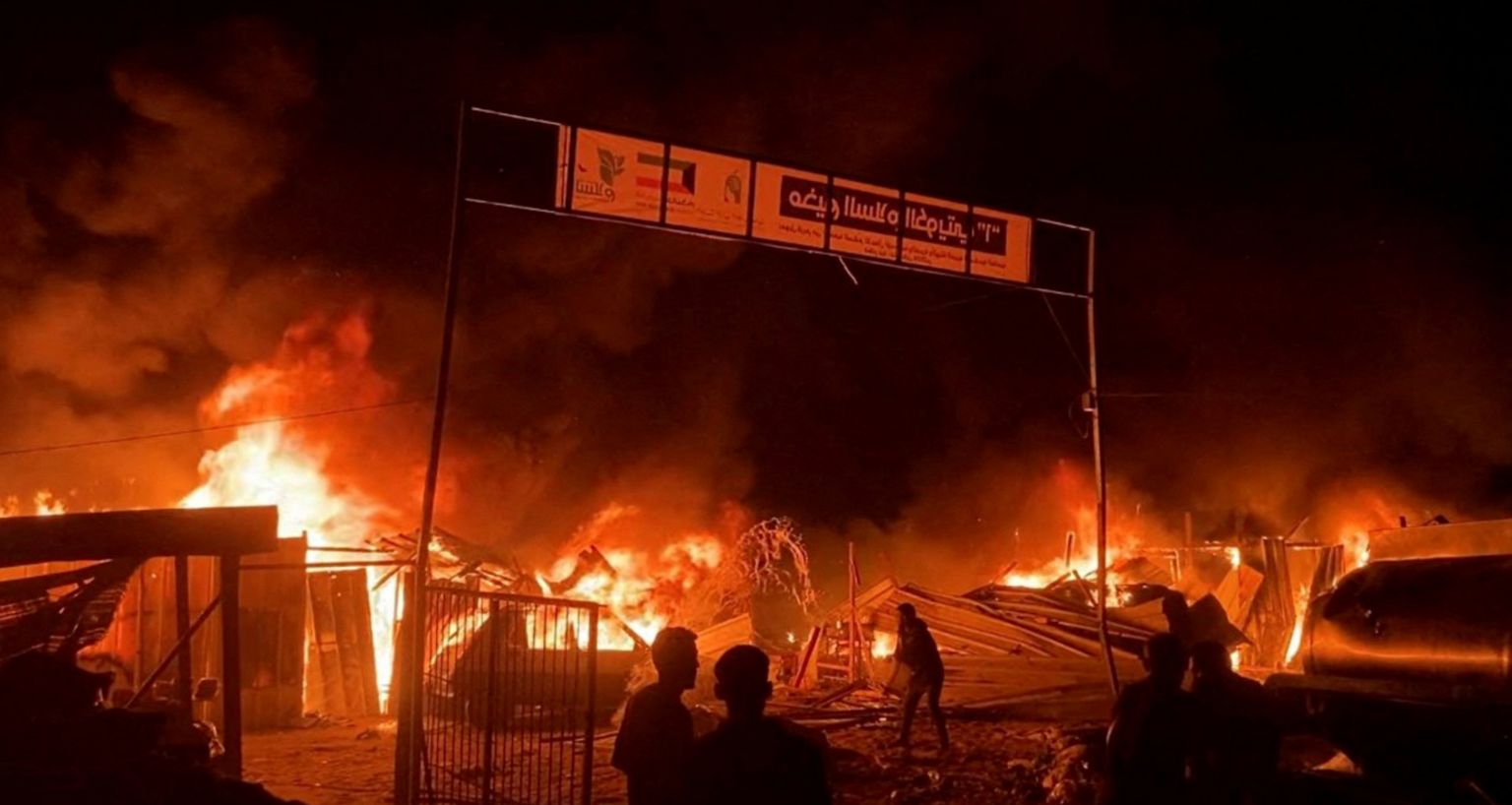In the current international context, the West finds itself in a critical phase due to two factors: one structural and one cultural. The structural factor concerns the loss of Western hegemony, historically based on industrial and military superiority, and the inability to maintain this dominance due to the outsourcing of manufacturing and the emergence of resistant powers like China. The cultural factor reflects the West’s universalistic and ahistorical vision, seeing itself as the holder of the Ultimate Truth, unable to imagine an alternative model. This combination creates a historical dead end, where the only perceived solution is to destabilize emerging counterpowers through conflicts or hybrid wars. The need to maintain the production system and profit margins could lead to scenarios of systematic destruction, such as wars or pandemics, thus fueling a perpetuating destructive cycle.
* * *
by Andrea Zhok
In the current international political framework, there is a factor I find extremely concerning. It is the combination in the Western world of 1) a structural factor and 2) a cultural factor. I will outline these fundamental aspects schematically.
- THE STRUCTURAL BACKGROUND. The West has notoriously gained a globally hegemonic position over the past three centuries. It did so thanks to some (European) innovations that allowed it to decisively increase industrial production and military technology.
Throughout the 19th century, the West imposed its laws, or contracts, on practically the entire world. Some parts of the world, such as North America and Oceania, underwent radical ethnic reconfiguration, becoming stable settlements of populations of European origin. Millennia-old Asian empires found themselves in conditions of protectorate, colony, or submission. Africa became a resource base to freely tap for labor and raw materials.
All this occurred under an economic model that structurally needed to grow constantly to maintain its functionality, including internal peace. Western expansionary dynamism was decisively driven by the fact that the system needed constant profit margins, and foreign ventures guaranteed substantial returns (making them robustly financeable).
This process continued, with ups and downs, until the early 21st century.
Around the subprime crisis (2007-2008), a significant difficulty in maintaining dominance over a demographically, politically, and culturally vast world system emerged. The Western development system, largely based on decentralized free enterprise, in its quest for profit margins, made some unforgivable mistakes for an imperial power, which it had become (first as the British Empire, then as the American Empire). Since the financial sphere offers greater profit margins than the industrial sphere, there has been a constant shift of manufacturing to remote countries with low wages. While this operation succeeded in some countries with fragile internal organization, which remain mere subsidiary producers politically subordinate to Western powers, it failed in some countries that offered greater resistance for cultural reasons, China leading the way.
The emergence of some counterpowers in the world is now an incontrovertible and intractable historical fact. A West that has played all its cards on financial and technological dominance for years finds itself challenged by counterpowers capable of effectively resisting economically and militarily. In this sense, the Russian-Ukrainian war, with the fatal mistakes made by the West, represents a historical turning point: having pushed Russia and China into a forced alliance has created the only truly invincible global pole, even for the unified West. The USA was so concerned about interrupting a potentially profitable collaboration between Europe (Germany in particular) and Russia that they overlooked a much more powerful and decisive collaboration, namely between Russia and China.
But what happens when an American-led West faces an insurmountable counterpower? Quite simply, the model—experimented in the last phase under the name of “globalization”—based on the expectation of unchallenged expansion and continuously expandable profit margins, comes to an abrupt halt. Supply chains appear overstretched and uncontrollable, at a time when the USA is no longer the only sheriff in town. The systemic nightmare of the liberal-capitalist model looms: the loss of an expansion horizon. Without expansion prospects, the entire system, starting with the financial sphere, enters a dead-end crisis.
- THE CULTURAL BACKGROUND
And this is where the second protagonist of the current scenario, the cultural factor, comes in. The culture developed in the West over the past three centuries is something very characteristic. It is a universalistic, ahistorical, naturalistic approach that, thanks to the successes achieved in the technoscientific field, ended up self-interpreting as the Ultimate Truth, epistemically, politically, and existentially. Western culture, which conquered the world not by the persuasive power of its moral virtues but by that of its howitzers, however, imagined that a culture capable of building such efficient howitzers could only be inherently True.
Naturalistic universalism has made us unaccustomed to evaluating historical and cultural differences, assuming them to be contingent, mere prejudice that will be overcome. This cultural stance has created a devastating damage, coinciding in Europe with the galloping Americanization of its great traditions: the West, having become the vassal system of American power, today appears culturally completely incapable of understanding its historical determination, not serenely universalizable. The West, thinking of itself as the incarnation of Truth (Liberal Democracy, Human Rights, Science), therefore lacks the cultural tools to think that another world (indeed more than one) is possible.
- THE HISTORICAL DEAD END OF THE WEST
So, if we now combine the two factors, structural and cultural, mentioned earlier, we find ourselves with the following picture: the American-led West cannot maintain its power status, guaranteed by the prospect of unlimited expansion, and on the other hand, it cannot even imagine an alternative model, as it conceives itself as the Ultimate Truth.
This aporia produces a tragic epochal scenario.
The American-led West cannot recognize any “Plan B,” and on the other hand, it understands that “Plan A” is physically impassable due to the existence of undeniable counterpowers. This situation produces a single stubborn tendency, to work so that those international counterpowers are undone.
Simply put: the USA has no other prospect on the table than to bring the Eurasian counterpowers (Russia, China, Iran-Persia; India is already essentially under control) back into a subordinate condition as in the past. But today, this subjugation can only occur through conflict, either an open war or a sum of hybrid wars aimed at destabilizing the “enemy.”
But at this point, the situation is made particularly dramatic by another structural factor. While the USA knows it cannot engage in an all-out war (nuclear), it has a strong incentive to keep the war at a “low voltage” hybrid level. This is due to the structural reason mentioned earlier: there is a need for a productive increase perspective.
But how can a productive increase perspective be guaranteed when physical expansion is no longer possible (or too uncertain)? The answer is unfortunately simple: a productive increase perspective under these conditions can only be guaranteed if colossal and bloody Potlatches are simultaneously created, which, unlike the Potlatches of Native Americans, must destroy not only material objects but also human beings.
In other words, the American-led West has an unconfessable but imperative interest in increasingly creating systemic wounds from which blood flows, so that productive forces are called to work at full capacity and profit margins are revitalized. And what forms can these wounds take that cyclically and powerfully destroy resources?
At first glance, two come to mind: wars and pandemics.
Only a new horizon of human sacrifices can allow the West’s Ultimate Truth to stand, to continue being believed and revered.
And if nothing changes in the widespread awareness of European populations—the main losers in this game—I believe these two destructive cards will be played unscrupulously, repeatedly.




